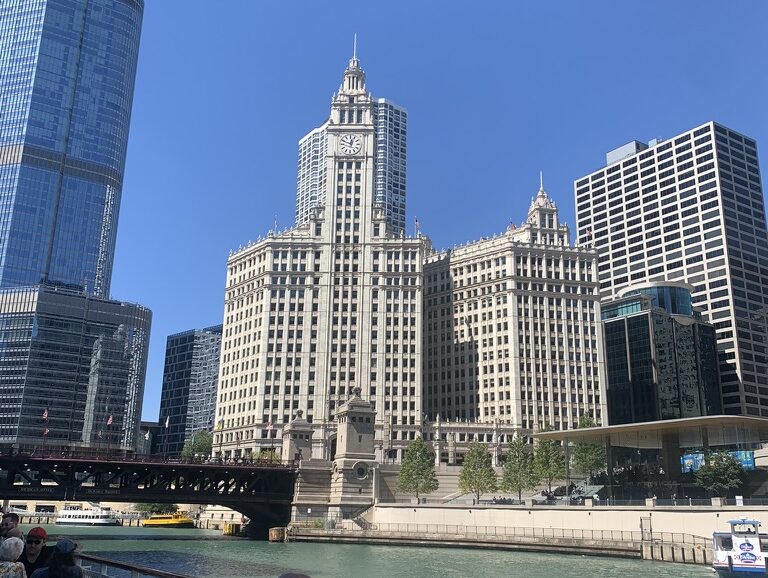Emergency Fund.
This topic is up for debate. Some people love their emergency fund. Some people don’t see a need for one. I, personally, need the emergency fund. I want to know there is padding in case of an emergency.
What would be an emergency? I’m not worried about home appliances and car repairs. I’m worried about losing a job. What happens when the loss of monthly income goes away. That is what I want to be prepared for.
If you are worried about home appliances and car repairs and have no other way of paying for those emergencies, save up $1,000 before you do anything. Before you pay off debt. Before you go out to eat. Before you even think about a vacation. Save $1,000. That will allow some peace of mind knowing that what expenses come your way, you can take care of.
Many will recommend 3-6 months of living expenses in the bank. The more research I’ve done, the more I lean to a padding that makes you comfortable. This could be $1,000 this could be $20,000. It is strictly personal preference and what makes you feel better.
Once you hit the next step of investing, you will realize moving money around is not as hard as many make it out to be. Your money is accessible depending on your investment catalyst. If your money is in an investment account that does not penalize you or tax you for removing the money you put in (not the growth) then keeping your emergency fund in an investment is a great option. If your money is strictly in mechanisms that don’t allow for easy withdraw, such as a 401k, then keeping an emergency fund in an external bank account could be the best option.
Currently, interest rates on bank savings accounts are hovering around 4% which is a great return. If you desire to have your money easily accessible, then a money market savings account can be a great way to do this. Be sure to research the bank you are going to use and confirm they are FDIC insured prior to opening any new accounts.
Once you have an emergency fund established, know that it should only be touched for emergencies. This is not your vacation fund or your sinking fund for a new car. This is for emergencies only.
Depending on the amount you need, this step may be a very quick breeze. If you prefer to have that 6 months of expenses saved, then you might spend a little more time here.





